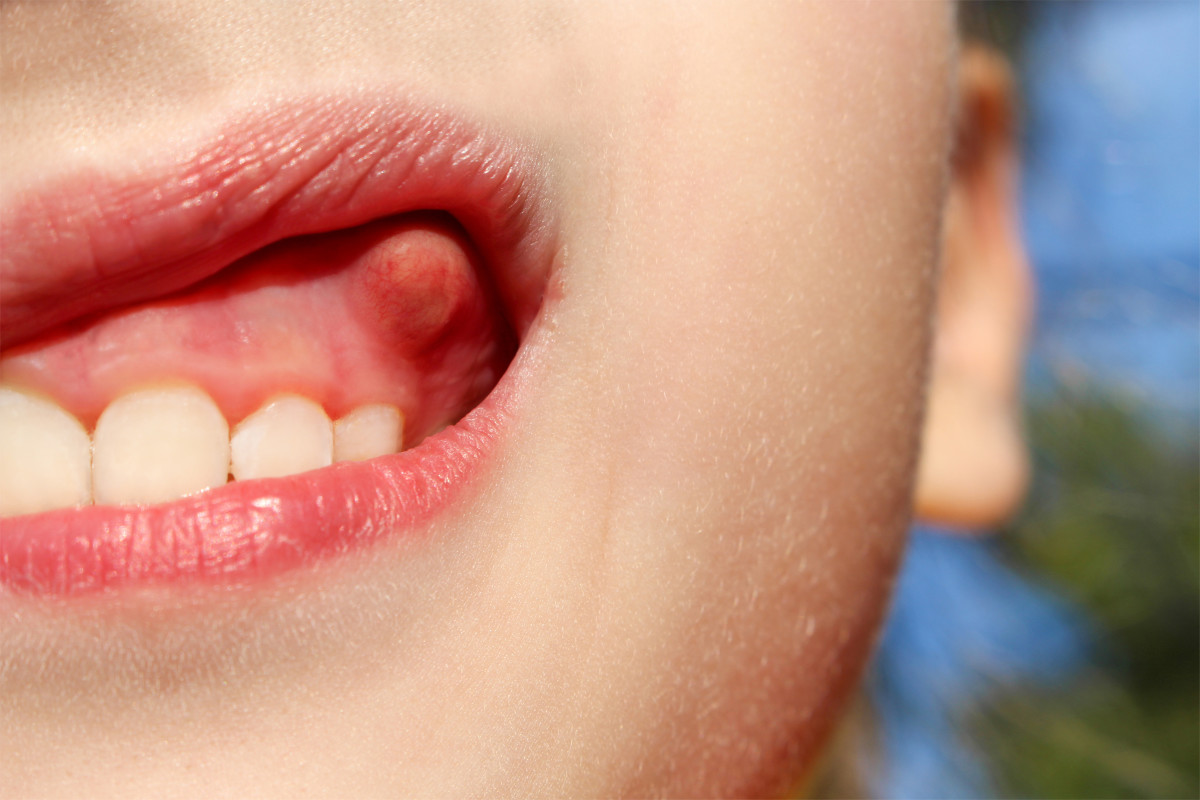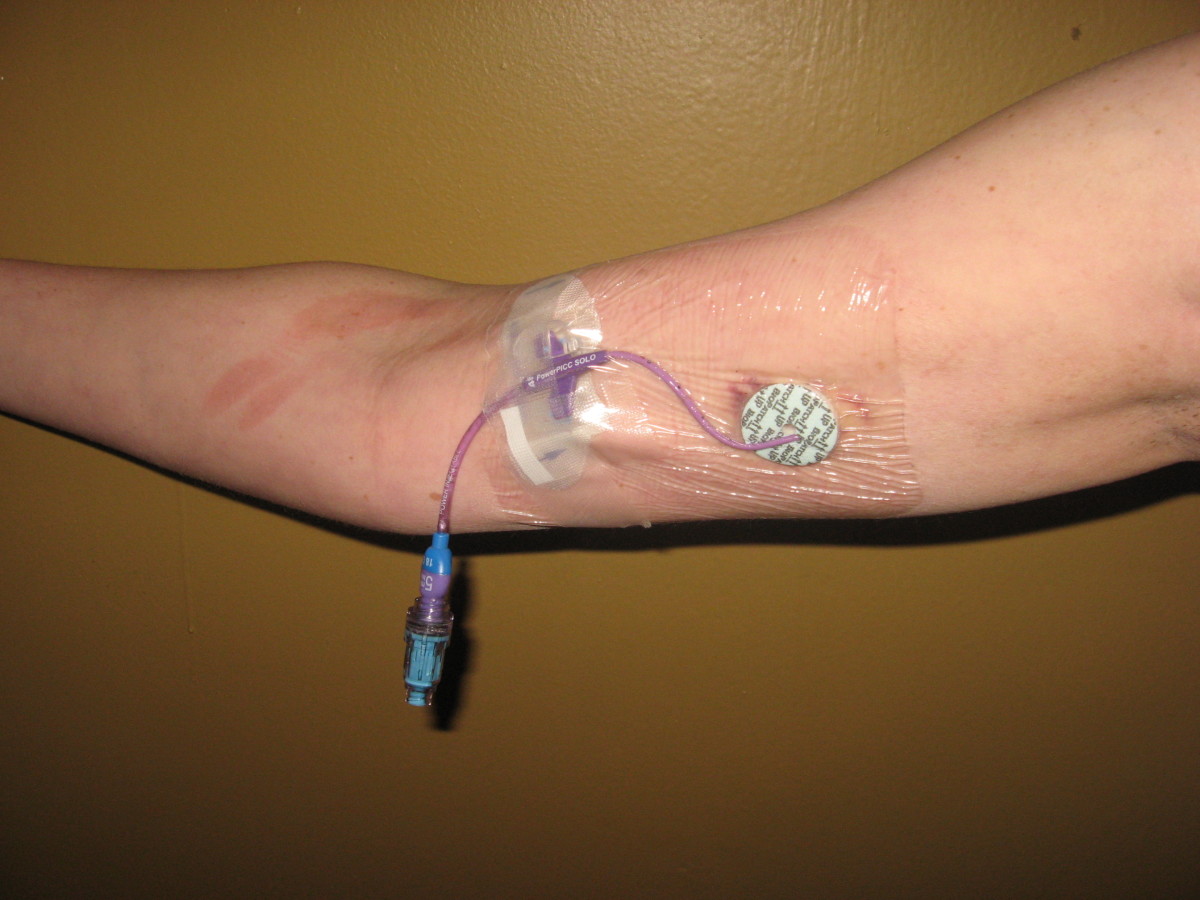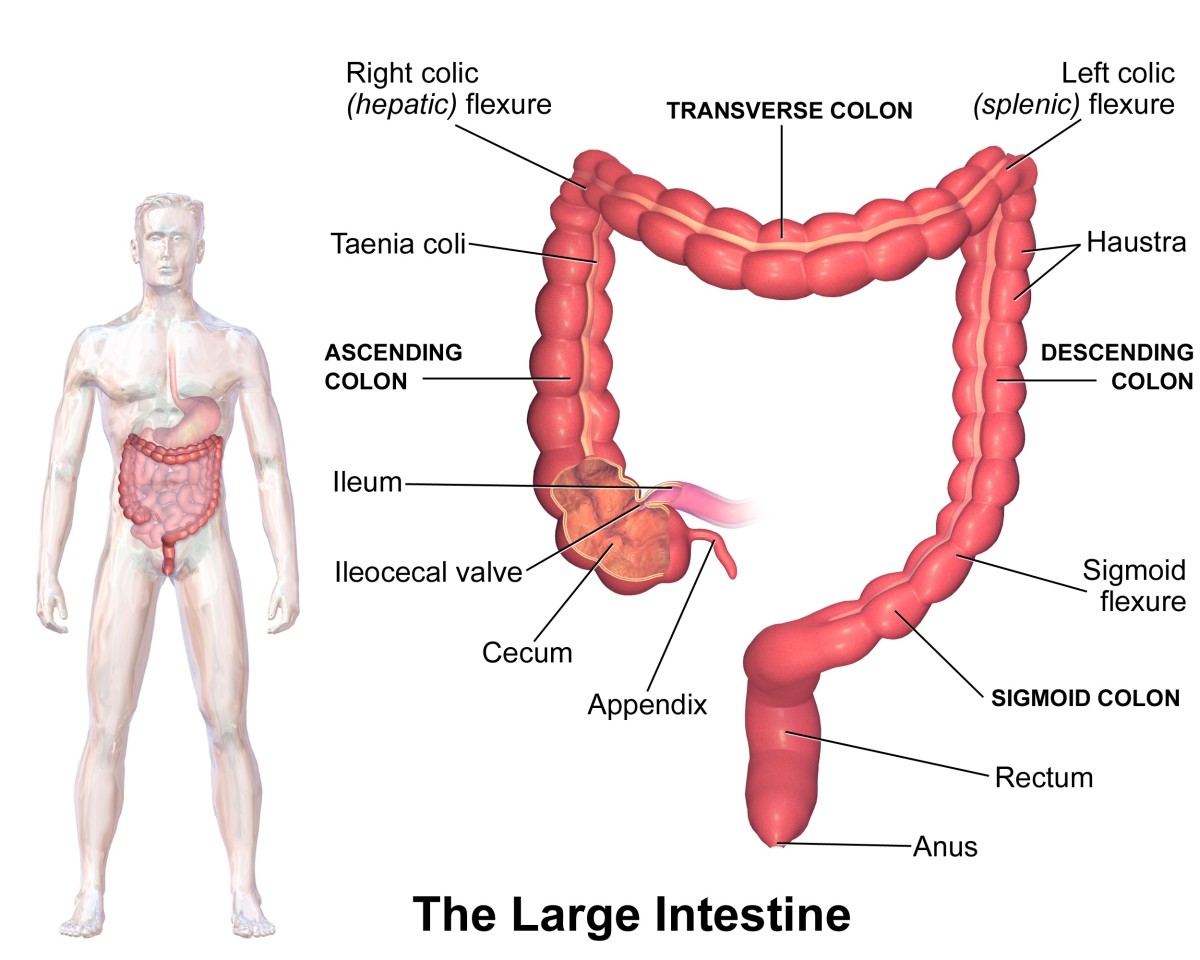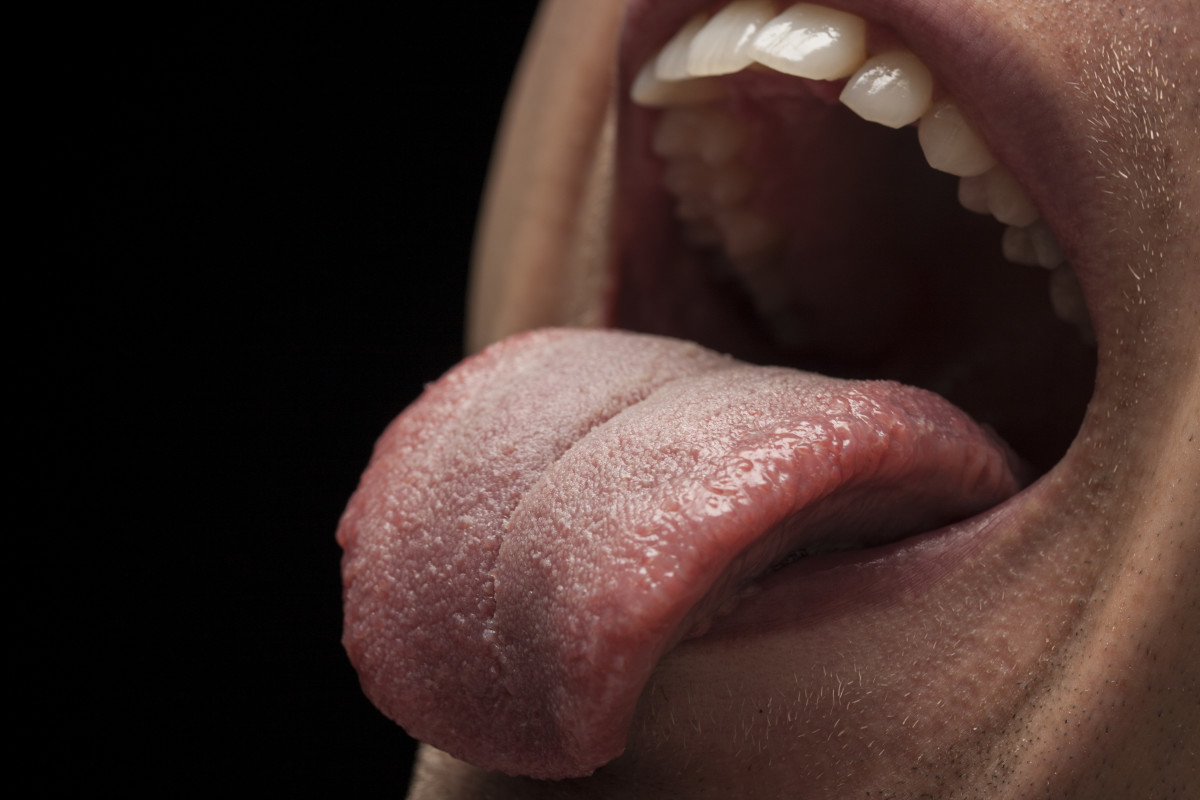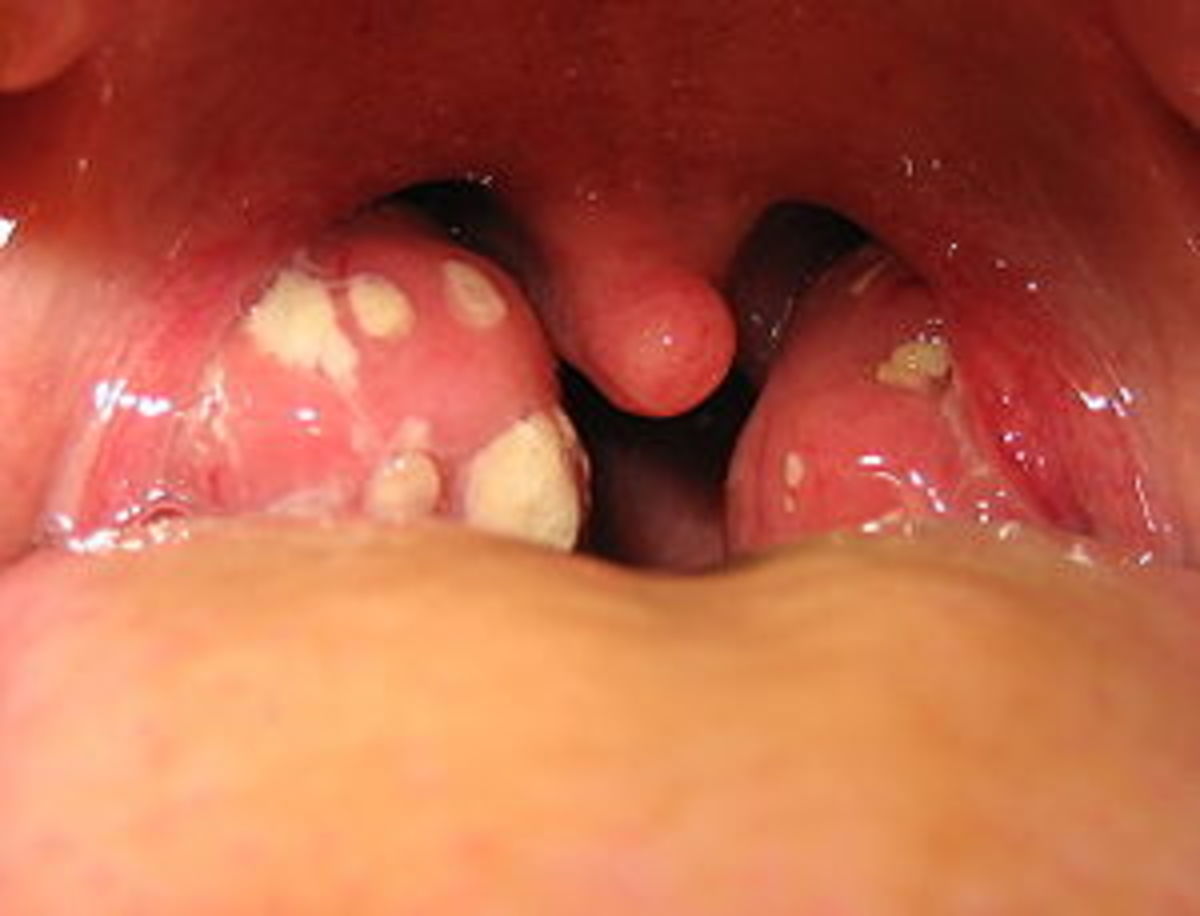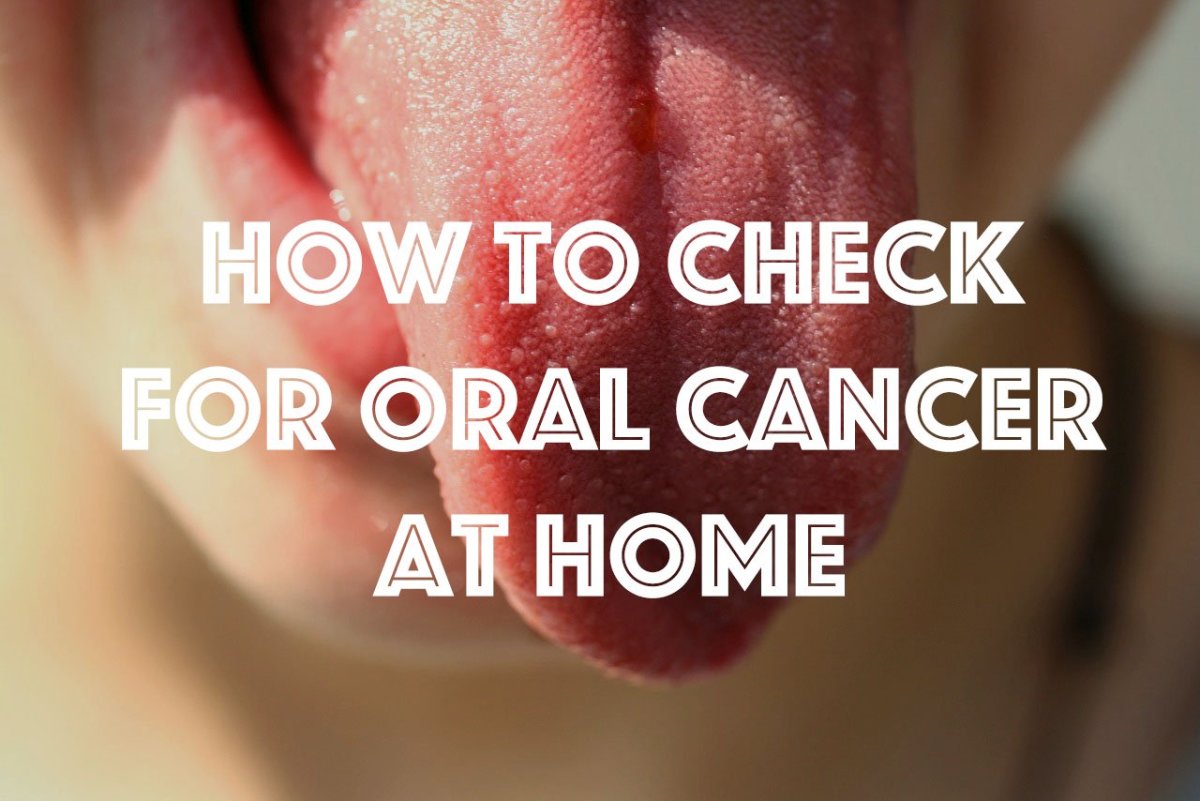My Root Canal Retreatment
No one likes to visit the dentist. But, as we know more about the importance of dental hygiene to keep our fragile teeth in good health so that we can enjoy one of the most important functions in life – eating, we need the dentist for regular teeth cleaning, occasional cavity filling, and rarely, root canal procedure:
1) Teeth cleaning causes minimum pain, does not require anesthetic, and lasts no more than 30 minutes,
2) Cavity filling requires drilling into the tooth; the amount of pain depends on how deep and extensive the cavity is. Local anesthetic is applied, and the hole left by the cavity is filled with dental material so the tooth can chew and bite just like before. The procedure can last less than one hour,
3) The root canal procedure is needed when the cavity or decay penetrates deep into the canal of the root. When that happens, all the pulps in the canal have to be cleaned out to prevent bacterial infection through the root into the jawbone. Some large teeth, like the molar, can have as many as four roots all of which must be cleansed. Due to the root canal's hair-thin passage and the difficult accessibility, the procedure can last more than one and a half hours with a large anesthetic dose.
The root canal retreatment occurred when the previous root canal procedure failed to clear out all the pulps, causing the bacteria infection to spread to the tooth's root. Since the infection can spread quickly through the jawbone, immediate action is needed. The option is a tooth extraction or reopening the root canals to perform a thorough rotor rooting, making sure that the bacteria will not come back again. The following is my harrowing experience of the latter.

Cause
My #15 molar tooth located at the top left corner (no wisdom tooth) had a lot of cavities as a result a gold crown was put on 15 years ago. Two years ago, I started to feel a slightly itchy pain (sensitivity) when biting. After the dentist removed the crown, a cavity was found that had penetrated the root's canal.
So, the dentist performed a root canal procedure that took 2½ hours. Afterward, the dentist prescribed five days of antibiotics. I recovered with minimal pain and no infection. A new crown was put on, and I could bite and chew just like before.
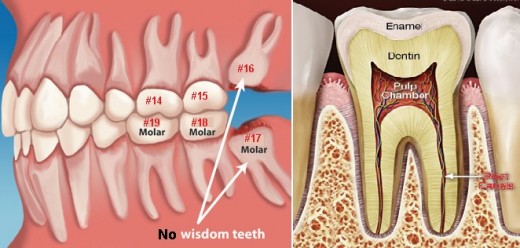
Ache
About six months ago, I started to feel a sudden tolerable pain when I happened to close my mouth with my teeth touching during sleep at night. The sensation occurred just once and would repeat only several days later. At the moment, I thought the pain was caused by the crown. My regular visit with my dentist found no abnormality.
About four weeks ago, the pain occurred for the first time while I chewed on food. The pain was different from the one caused by a cavity. The pain lasted only through the night. The next day and on, I no longer felt the pain. But, after two weeks, the pain started to stay whenever I chewed on the tooth. It was even painful when my tongue touched it. But, through it all, I never felt the toothache when it was not touched.
The next day, I paid a visit to my dentist, who immediately took an X-ray and concluded that the pain was due to an infection at the root of the tooth, showing up as a dark patch on the film. My dentist sent me to an Endodontist for consultation on possible root canal retreatment.
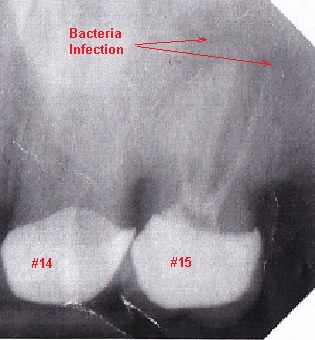
Endodontist
Since I could not make an appointment with the Endodontist whom my dentist recommended in a timely fashion, I tried to find out all I could about root canal infection/retreatment and watched videos on the Internet. Then, I searched for an Endodontist (a root canal specialist) close to my home on the Internet. I was able to see a local Endodontist with good patient reviews the next day.
The Endodontist took a couple of X-rays and noticed the severity of the infection at the base of the tooth inside the jawbone. The film showed that the infection had not yet spread to the adjacent teeth, and there were three or maybe four roots.
The Endodontist did not sound very optimistic about saving my tooth. The recommendation was seven days on antibiotics first to kill the bacteria around the tooth. Then, I would have to decide between extraction vs. retreatment which had a 65% chance of success. Since taking the antibiotic first was an approach in line with the results from the Internet, I started to take Clindamycin 300mg, three times a day.
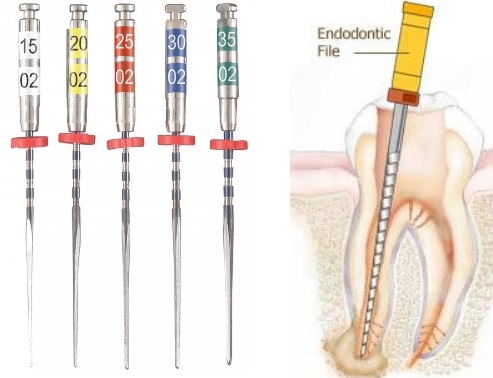
Antibiotics
After taking Clindamycin 3 times (every 8 hours) for four days, my toothache started to decrease and completely disappeared after six days. I could feel that the infection was gone. I made an appointment to consult another Endodontist for a second opinion. That Endodontist looked at the X-ray and concluded that due to chronic infection, the tooth was not worth saving. Since tooth #15 is the last tooth in the rear, after extraction, no implant was necessary.
I went back to see the first Endodontist after six days of antibiotic. I mentioned that my toothache was gone, and I could chew and bite without a problem. The Endodontist replied that this would not last as the antibiotic could not kill the bacteria inside the root canal as there were no more blood vessels inside the canal to deliver the antibiotic.
The Endodontist mentioned that even with 20 years of experience performing only root canals, there was no guarantee of success. Since the X-ray could show only so much, the only way to be sure that the canal could be properly cleansed of pulps was by actually going inside. The Endodontist also showed me the delicate hair-thin filing tools used to snake through the narrow canal. The Endodontist then concluded that the retreatment would take around 1½ hours while the tooth extraction would take only 30 minutes. I decided to take the chance of root canal retreatment with a 65% success rate.
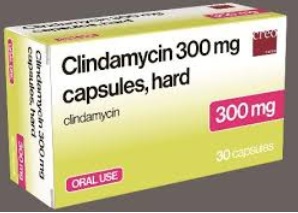
Retreatment
My root canal retreatment started four days later, one week after I stopped taking the antibiotics. During that time, I felt no pain while chewing and biting with tooth #15. The Endodontist started the procedure by injecting two shots of anesthetic around the gum of tooth #15. After waiting 5 minutes for the numbing effect to take hold, the Endodontist used the drill to open a hole through the crown to expose the entrance to the root canals and used files of different thicknesses to snake through the canals.
I felt no discomfort or pain, only heard the sound of the mental scratching again the tooth. After 1 ½ hours, the Endodontist remarked that four canals were found and cleaned but had difficulty removing all the infected pulps in one of the canals. Then, the Endodontist applied medicine to all canals, closed the opening, and asked me to come back in one week to check if the medication had killed off all the infected pulps. In the meantime, I was prescribed the same antibiotic, Clindamycin 300 mg 3 times a day for another ten days. The Endodontist said that the chance of success was now 85%. It was a huge relief to hear that.
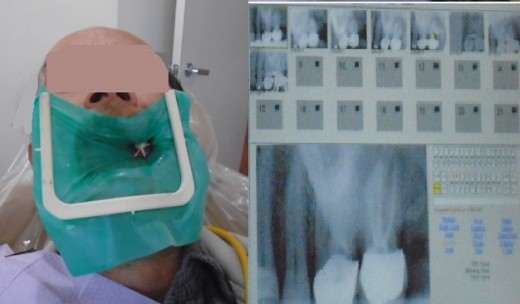
Side Effect
On the third day of taking the antibiotic, I started feeling physically tired and nauseated in the stomach. I ate some food and drank lots of water before and after the antibiotic, but it had no significant effect on my discomfort. I did not feel like that when I took the same antibiotic two weeks ago. The information sheet on Clindamycin indicated that those were common side effects. My bowel movements and appetite were normal.
After feeling sore for two days, I could chew and bite without discomfort on tooth #15. Since the antibiotic killed off all the bacteria it found in the body, I started to take some Probiotics to replenish the good bacteria in the stomach and intestines.
Verdict
After the 2nd round of antibiotics (I took it for seven days only), I was at the Endodontist's office for my 2nd round of root canal retreatment. After 30 minutes of the procedure, the Endodontist remarked that all four canals showed no more sign of any pulp and spent the next 15 minutes putting the fillers into the canals to plug them tightly so that no bacteria could have a chance to grow back again.
After the procedure was completed, the Endodontist explained what had been done and would also send a report to my general dentist so that the temporary filling in the crown could be replaced with a permanent one. To ensure the retreatment is 100% successful, I would need to report back in 3 months to check that the infection did not come back.
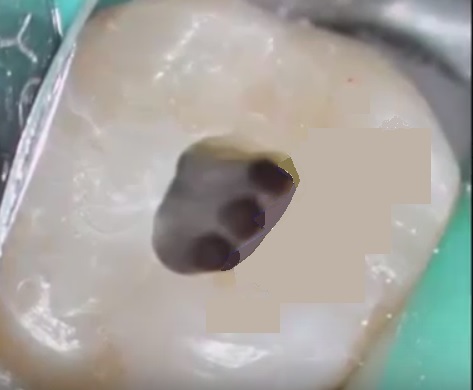
Afterthought
The Endodontist is a specialist in treating root canals. When a tooth is infected or damaged into the pulp of the tooth, to prevent bacterial infection, all the pulps have to be cleaned out, including those inside the canal of the root. The front tooth has one or two roots, while the molar at the back has 3 to 4 roots. The number of roots in a tooth is only visible through X-ray.
The Endodontist relies on the image to guide the special filing tools to snake through and clean the hair-thin canal. A successful root canal procedure can save the tooth from extraction and implantation later. Even though the tooth is dead with no blood vessels and nerve, it can still be chewed and bit on for as long as we live with proper care.
The root canal is definitely the most challenging procedure in dentistry. The Endodontist has the proper training and experience to make root canals less painful and to ensure less chance of future infection and retreatment.
This content is accurate and true to the best of the author’s knowledge and does not substitute for diagnosis, prognosis, treatment, prescription, and/or dietary advice from a licensed health professional. Drugs, supplements, and natural remedies may have dangerous side effects. If pregnant or nursing, consult with a qualified provider on an individual basis. Seek immediate help if you are experiencing a medical emergency.


